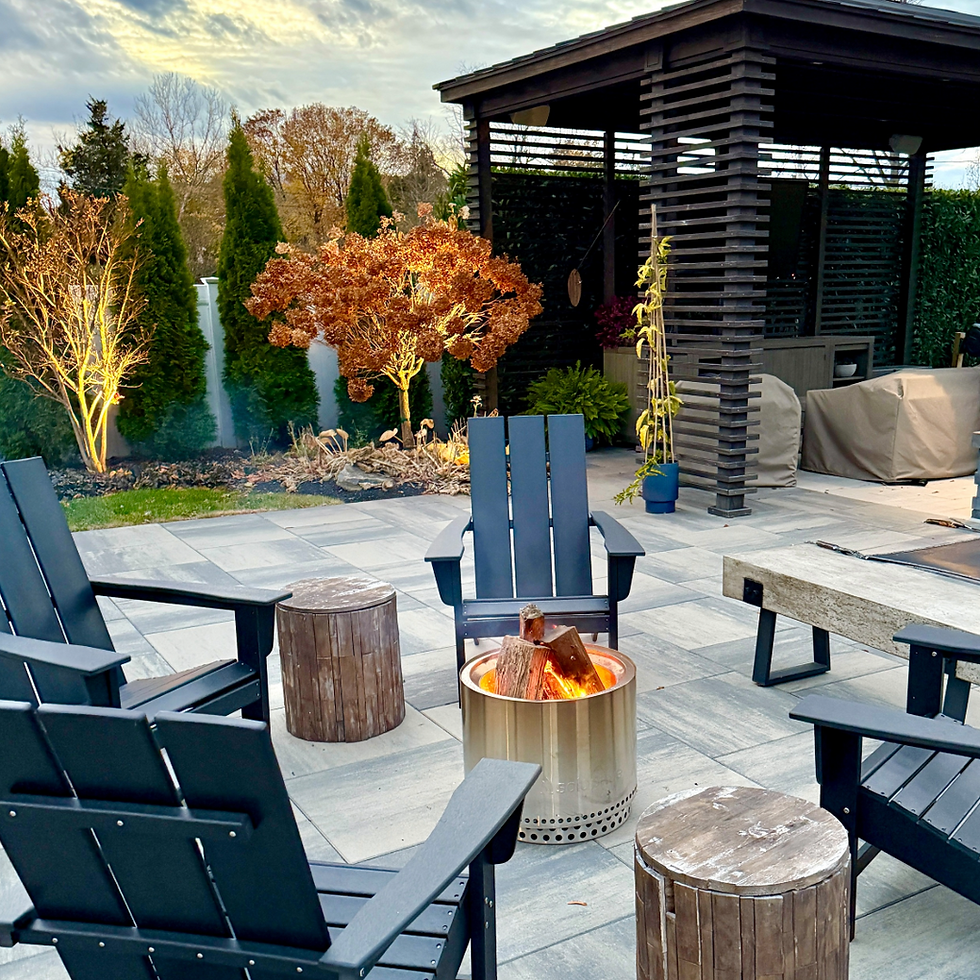Attracting Backyard Birds
- Rebekah
- Jan 24, 2023
- 2 min read
When creating a haven for birds, they need you to provide food, water, and shelter. We're sharing tips for attracting them to your garden in today's post.
It's imperative to provide food they love to attract them to your garden. Songbirds especially love sunflower seeds, while almost all backyard birds love peanuts (unsalted) and dried fruits such as cranberries and raisins.
An easy way to feed the birdies is to make your own suet using items you have already in your kitchen. There are many recipes online that include adding an animal fat such as bacon grease, peanut butter, dried fruit, seeds, unsalted peanuts, cornmeal or flour, and quick oats.
By pouring the mixture into a mold while it's hot and placing it in the freezer to get cold, you can make beautiful suet that can also make a lovely gift to share with friends that love to garden or birdwatch (often these friends love both of these activities!).

Nesting places and birdhouses; birds need a variety of places where they can build a home in your garden. There are also certain plants that birds are attracted to more than others. Many of these are also pollinator attractors.
Some examples include:
Annuals and perennials: Coneflower, Black-eyed Susan, Anise Hyssop, Sunflower, Honeysuckle vine, Hosta, Zinnia, Milkweed
Shrubs and trees: Dogwood, Crabapple, Juniper, Viburnum, Serviceberry

Five tips for attracting birds to your garden:
Choose native plants in your garden. You don't have to exclusively plant native plants, however, by having many in your garden, it attracts native birds to your yard as they are familiar with those plants.
Plant berry-producing shrubs and trees. This requires some planning, but you can have plants that provide a source of nourishment year-round. Crabapple, Serviceberry, Juniper, Holly, Dogwood (especially Kousa Dogwood) are examples that provide food sources for birds at different times of the year.
Plant in layers. Some birds love taller trees while others prefer understory trees (such as Dogwood). Many birds build nests in shrubs or shelter in vines. Try to create as many visual layers as you can in areas of your garden to invite a large variety of birds.
Avoid the use of pesticides. Whenever possible, try to use natural methods. Neem oil, diatomaceous earth, Dawn dish soap- these and more are examples of natural means of pesticides.
Provide food and water year-round. It can be difficult to provide water in winter when birdbaths easily freeze. You can opt for a heater, or you can replace the water frequently in your birdbath or a shallow pan.



